Gennix Tri: the Rodney Dangerfield of Bikes
Used to be that hard riding triathletes sold bikes. Jürgen Zäck on Quintana Roo and then Softride. Spencer Smith on Quintana Roo. Thomas Hellriegel on (from memory, which might be faulty) Centurion, Wheeler, Planet X, Cervelo. And Normann Stadler on Kuota. Daniela Ryf’s overwhelming bike rides speak loudly for Felt. Hard riders sold bikes, whether or not they won the race overall.
This doesn’t translate today as it used to, for some reason. Has Andrew Starykowicz meant as much as he should have for Orbea? No. Last weekend at Oceanside 70.3 what Lionel Sanders did was just silly. Read about the power he pushes in Timothy Carlson’s interview with him, and what he pushes while bridging to the front pack of cyclists.
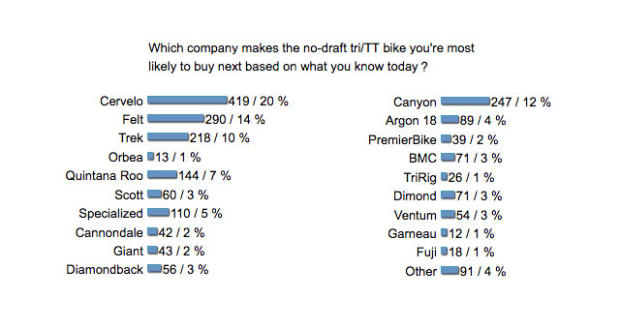
We took a flash poll a couple of weeks ago, something over 2000 of you answered it. You could argue that the market is always right. I would argue that the market is always right in retrospect, from well into the future, but is often wrong at any single moment. What is “wrong” with the market in this poll?
Some bikes that don’t poll that well should poll better simply based on the value and the technical merit of the product. Yes, there are mitigating factors, notably: 1) Distribution; 2) The ability to test-ride the bike; 3) Knowing what size and config of a particular bike that you’d ride; 4) Some companies just fail at their ability to tell the story of their bikes (some companies don’t know the story of their bikes).
Let’s take the Garneau Gennix Tri Elite. Do you know what this bike’s story is? What it does better than any other bike? I bet not.
What is notable about this bike? It’s aerodynamics? No. On-board storage? Nope. This bike’s special virtue is in its ability to handle in windy conditions. It was built with this in mind.
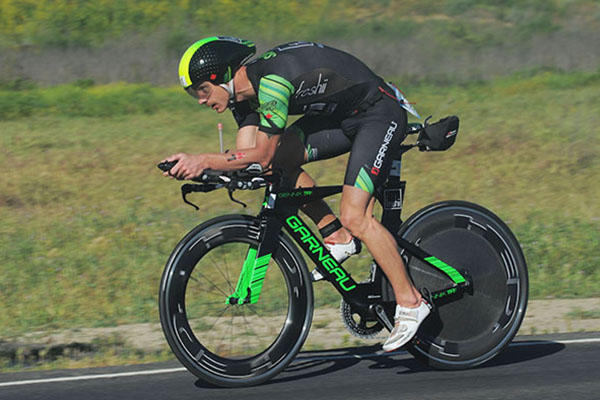
Let’s dispel a myth. Surface area doesn’t make a bike hard to handle. Surface area in front of the steering axis makes a bike hard to handle, if it’s a lot of surface area and if it’s especially windy. You’ll note from the diagram below that the Gennix is built with this in mind. For this reason Lionel Sanders and every other Gennix rider could, conceivably, ride a deeper front wheel and be subject to the same steering torque (the sensation of the wind pushing you around) as a rider who’s using a somewhat shallower front wheel.
This is the virtue of the Gennix Tri Elite and I can’t find another tri bike that has attempted to do this as ardently as has Louis Garneau with this bike. The folks at Garneau do understand what they’ve got here, even if they don’t trumpet this loudly enough: "The ingenious fork design brings the pressure center of the wheel closer to the steering axis."
As you’ll see, this bike lacks some of the sexy features found in other bikes. No integrated front suspension. No thru axles. No disc brakes. No behind-the-seatpost “trunk”. No hydraulic brakes. No integrated superbike front end. Hasn’t seemed to have slowed Lionel down much.
There are two “builds” of this bike, the $5,300 Ultegra Di2 edition and a $3,800 Ultegra mechanical version. Each has a 3T cockpit (which I wish didn’t have S-bend aerobar extensions). The bike is extremely adjustable and is geometrically sound.
But is there value to be had? I think a Cervelo P3 is an instructive comparison because that frame is spec’d almost the same as the Gennix Tri Elite: either as an Ultegra mechanical or Ultegra Di2 bike. Each has a 3T Vola cockpit. The biggest difference is in the crank, where the P3 specs an FSA Gossamer and the Gennix Tri Elite keeps to Ultegra.
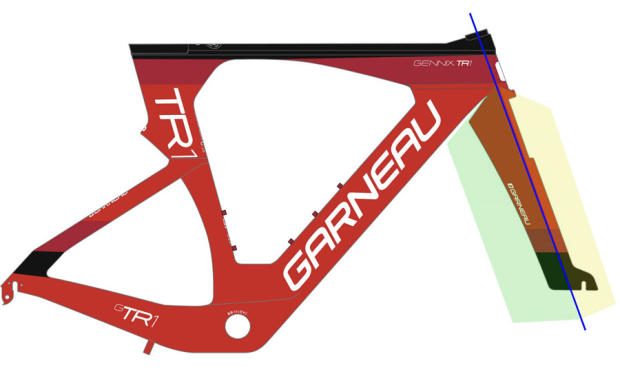
The street price for the P3 is in the $3,900 to $4,000 and $5,600 to $5,700 respectively for mechanical and electronic. This places the P3 at about $200 and $400 more than the Gennix Tri Elite for mechanical and electronic respectively. The P3 does have ski bend extensions, which I like, so it’s not all exactly identical in the spec and there may be other differences (is the Gennix’ gearing and crank length what I’d like, for each size?). Still, I think the case is made that the Gennix Tri Elite represents a decent value because Cervelo in the P2 and P3 models have been (along with Felt’s Iax) the apex of value at the tri bike entry and midrange price levels.
You might say, “But I can’t find it at my local shop!” Okay. But many of you clicked the boxes for Canyon and Diamondback in the poll cited above. Indeed, when I consider this poll I’d say that about 1 in 3 of all respondents chose bikes they’ll almost certainly buy consumer direct, and purchases you’re likely to make through the mail (whether consumer direct or through a retailer) elevates that number to about 4 in 10. If you include special order bikes (like Trek Project One) that makes it more like half, or as much as two-thirds, of you will make that bike purchase without ever seeing or riding the bike you’re purchasing.
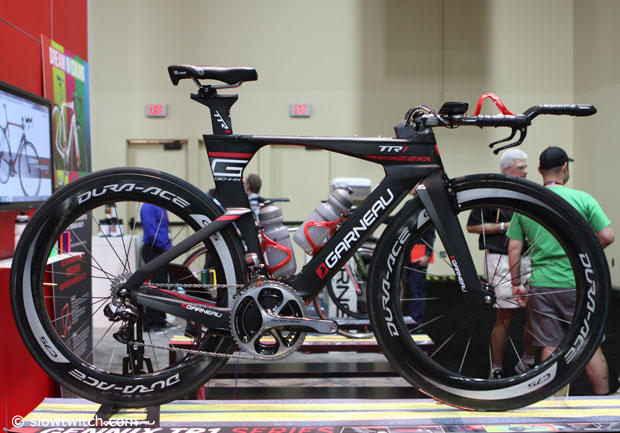
But what about a prescriptive system that makes choosing the bike through the mail, or special order from my dealer, easy? Very good question. The Gennix Tri Elite is not a superbike (that is, it doesn’t have an integrated front end), so we don’t need to resort to a pad x/y prescriber. Calculating the correct “prescription” is easy. (I’m happy to demonstrate this for anyone interested.)
All that said, let me tell you what drives me crazy. There's a phrase I made up somewhere along the way that I sometimes use: Pathway to Purchase. Are you a manufacturer? What is the pathway by which a consumer takes to purchase this bike? I tried to by this bike last week. Here's the web page for this bike. Can I add this bike to my cart? No. I'm to "Visit Dealer." So I plunk in my zip code, and select a search radius of 500 (miles? kilometers? cubits?). Then I'm to type in my location. I typed in zip code. No dealers. The first time I just went away. But then I came back a couple of days later and type in city. Then I got some hits!
So, first, we need some "units" typed into the website form fields. Second, we need images that show this bike off dressed up and sexy. The image above is an excellent photo Herbert Krabel took from this bike's initial launch. The build of the bike shown on the website (below) is what this bike looks like when it gets out of bed in the morning (pads pedestaled almost as high as the saddle). Look at the photo of Lionel aboard it. That's how your bike can and should look when you own one.
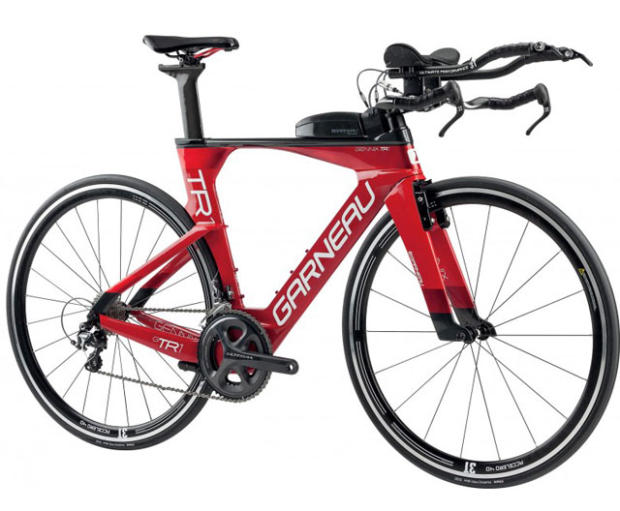
And finally, this is not an easy bike to find. LG is a terrific brand and there are many dealers who sell its products. But they tend much more often to sell its apparel, helmets, shoes. Finding this bike is going to be a chore. Am I supposed to call all these dealers to find out which sell its bikes? And its tri bikes? And its tri bike in the size I need?
I think that Garneau needs a better Pathway to Purchase for the bike Lionel Sanders rides. As a former bike maker I can tell you from experience that making a great bike gets you about a quarter of the way to the goal. Getting people to value and want the product; making the product easily available; that's the other three-quarters of the job.
When I set myself to the task of writing about bikes that I think you all have overlooked (in the days ahead I’ll list some other bikes) this is the first bike I thought of. The Gennix Tri Elite is the most underappreciated bike in triathlon. I’m not saying it’s triathlon's best bike; it’s the bike enjoying (or laboring under) the largest delta between what its reader preference is versus what it should be.


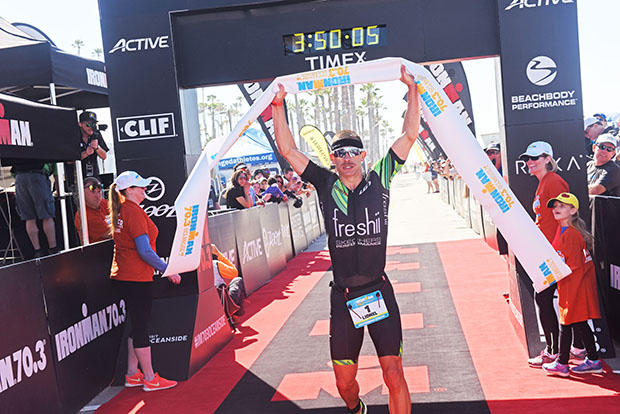
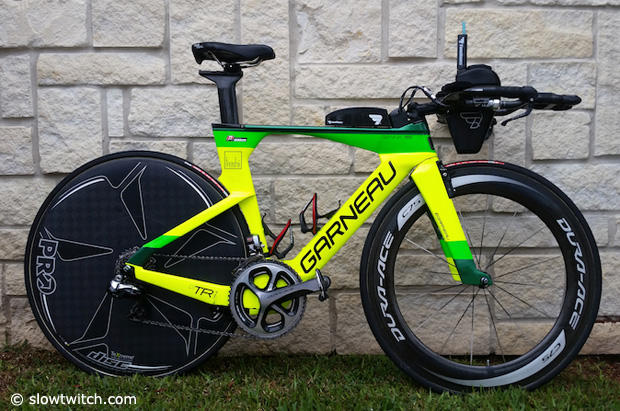
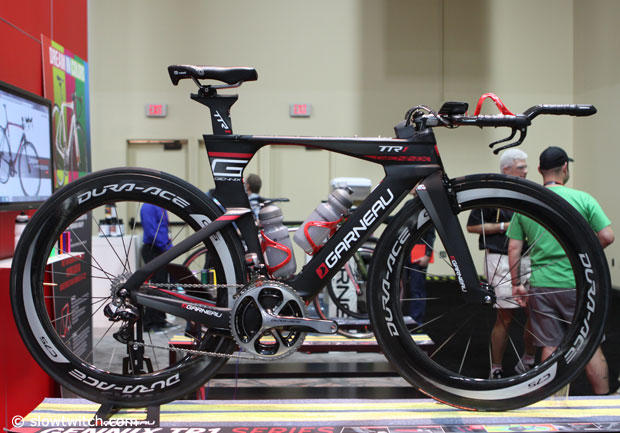
Start the discussion at slowtwitch.northend.network